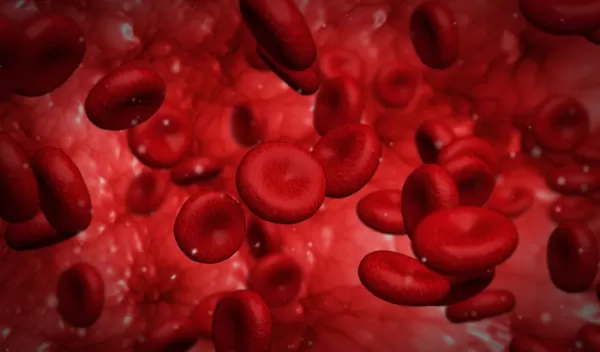
Novel analysis finds new mechanism underlying red blood cell aging
Red blood cells, the most abundant cell type in blood, carry oxygen throughout the human body. In blood circulation, they repeatedly encounter various levels of oxygen tension. Hypoxia, a low oxygen condition, is a very common micro-environmental factor in physiological processes of blood circulation and in conditions such as cancer, chronic inflammation, heart attacks and stroke.
In addition, a connection between poor cellular deformability -- the ability of blood cells to change shape in response to different levels of stress -- and impaired oxygen delivery is found in various pathological processes such as sickle cell disease. Sickle red blood cells simultaneously undergo drastic mechanical deformation during the sickling and unsickling process.
The interactions between hypoxia and cell biomechanics and the underlying mechanisms of the accelerated damage in diseased red blood cells are well understood. However, the exact biomechanical consequences of hypoxia contributing to red blood cell degradation -- in other words, aging -- remain elusive.
U.S. National Science Foundation-funded researchers at Florida Atlantic University and MIT sought to identify the role of hypoxia in red blood cell aging via biomechanical pathways. They examined hypoxia-induced impairment of red blood cell deformability at the single cell level, compared the differences between non-cyclic hypoxia and cyclic hypoxia, and documented any cumulative effect versus hypoxia cycles, including aspects that have not been studied quantitatively. Red blood cell deformability is an important biomarker of its functionality.
The results are published in the journal Lab on a Chip. The findings indicate an important biophysical mechanism underlying red blood cell aging, in which cyclic hypoxia alone can lead to mechanical degradation of the red blood cell membrane. This process, combined with deformation-induced mechanical fatigue, represents two degradation-causing conditions that circulating red blood cells experience.


